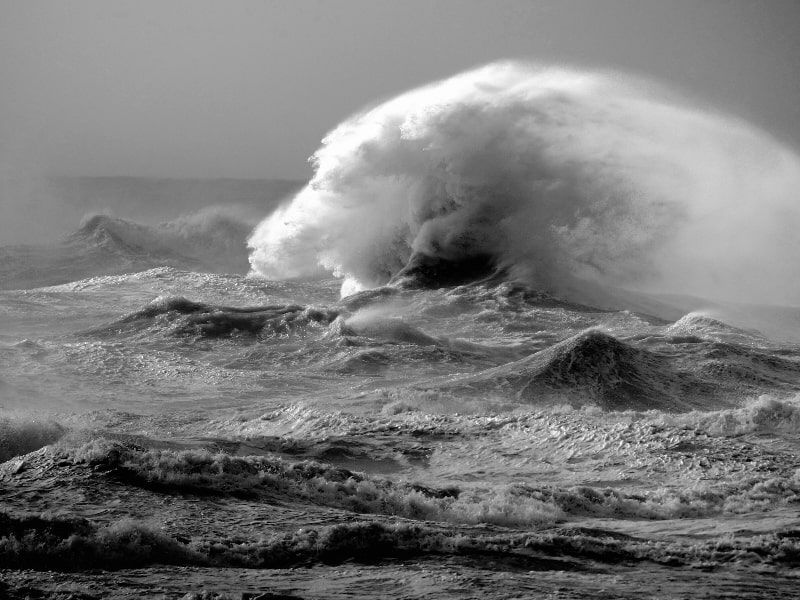The Mischief of El Niño Phenomenon: What is El Niño?
If there are fires, El Niño is to blame. If there are floods, it was also El Niño. Today El Niño is on everyone's lips and almost everything bad that happens is attributed to it. This time it is, no more and no less, El Niño or the El Niño Phenomenon.





